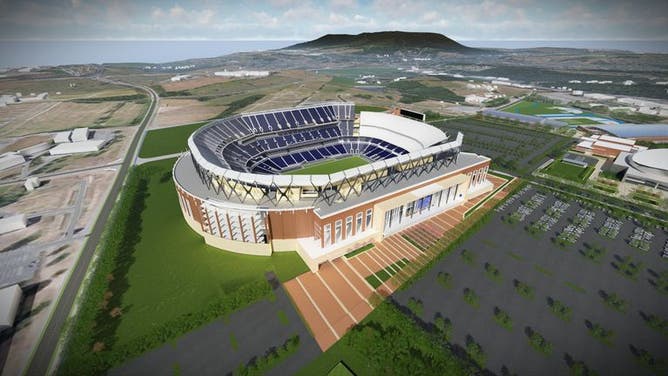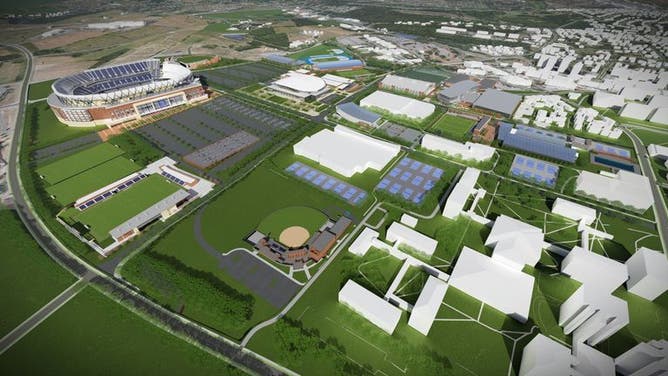Penn State Looking Into The Future Of Beaver Stadium
Penn State is taking a closer look at the future of Beaver Stadium in the next few months, conducting a planning study to evaluate necessary maintenance projects and investigate renovation options, the school announced last week.
The study will review what needs to be done in terms of major maintenance projects and renovation options that will "improve fan comfort and provide a greater variety of amenities to support the evolving needs of the student-athletes, fans and campus community," a news release states.
The study — led by a pair of Penn State alumni: Scott Radecic '86 and Jeff Funovits '89 — aims to address Beaver Stadium's near- and long-term maintenance needs, operational efficiencies, and partnership opportunities. It is expected to last through this summer.

Renderings of Beaver Stadium from the Penn State Facilities Master Plan. Provided by Penn State Athletics, courtesy of PennLive.com.
This planning study follows the work done by Populous — a leading architecture and sport event planning firm led by the two Penn State grads — and the university as part of the school's campus master plan, which was announced in March 2017.
Beaver Stadium, which holds 107,000 fans, was originally built in 1960, and it has been expanded seven times. The most recent expansion came in 2001, PennLive reports.

Renderings from the Penn State Facilities Master Plan: Proposal of what the future of some of Penn State's athletic facilities could look like. From left to right is Beaver Stadium, a parking lot, Jeffrey Field, and Beard Field. Provided by Penn State Athletics, courtesy of PennLive.com.
The upgrades for the stadium proposed in the master plan include “a significant increase in chairback seating, new concessions locations and food options, new restrooms, wider concourses and additional premium seating options," according to the release.
Penn State athletic director Sandy Barbour said in 2017 that any significant renovations to Beaver Stadium would take place over multiple offseasons, similar to how Texas A&M renovated its Kyle Field during the 2010s, and the university needed time to “design, sequence and fund” a renovation of the stadium, PennLive.com reports.

Photo courtesy of Penn State Athletics.
Penn State Athletics recently announced a return to full capacity in Beaver Stadium and other athletics venues for the 2021-22 academic year.
"We are excited to welcome our 107K strong back in Beaver Stadium and full capacity at our other athletics venues this fall with the adjustments in university, local, state and CDC guidance," Barbour said. "Our fans are a true home field advantage for all of our teams and the 2020-21 season was not the same without them in our venues."